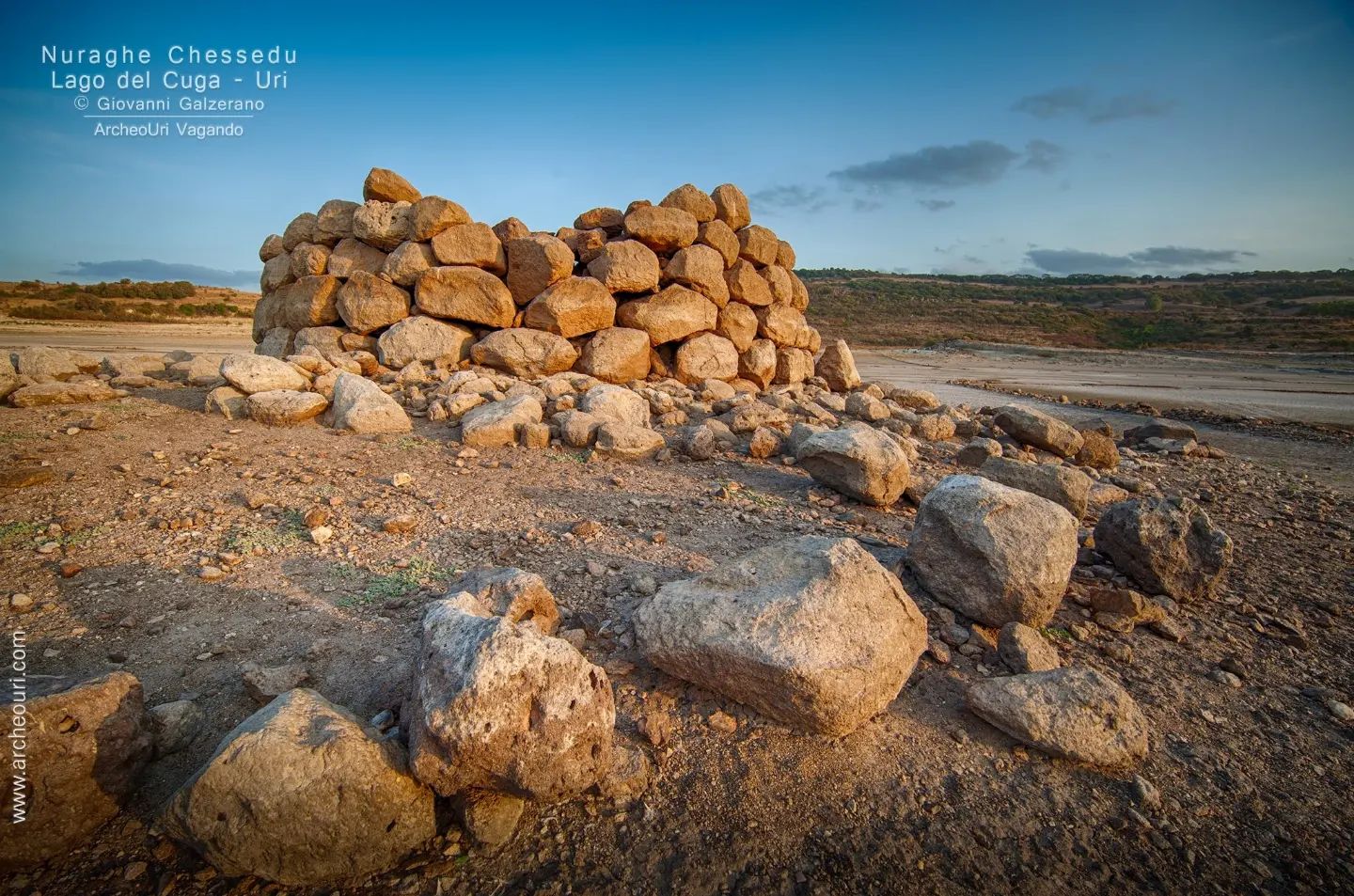In other situations, there is the demolition and almost total replacement of the protonuraghe to make way for a fortress that meets the new stylistic and, above all, functional requirements of the Recent Bronze Age. This has perhaps also occurred in the nuraghi Trobas, Domu Beccia di Uras, and Santu Antine, which overlap with pre-existing deposits or wall sections, sometimes pertaining to huts from the Middle Bronze Age, as in the site of Chessedu at Uri. It is evident, in any case, as research progresses, that many advanced nuraghi are a transformation process of archaic nuraghi. Often, to document this continuity of use, near a nuraghe too elementary to be transformed into a more robust building suitable for new times, a powerful fortress appears: this is the case, for example, of the site of the nuraghe Jana di Sardara.
In conclusion, the mixed nuraghi, physically documenting the transition from archaic nuraghi to classic nuraghi, represent a valuable testimony of the changes adopted during the Recent Bronze Age to make the ancient and now anachronistic buildings of the Middle Bronze Age functional to the new needs, which, precisely because of their antiquity, had to be the most prestigious residences and politically most relevant.
Attached are the nuraghi: Domu Beccia di Uras (ph. Diversamente Sardi); Santu Antine di Torralba (ph. Valentino Selis e Lucia Corda); Jana di Sardara (ph. Marco Cocco); Chessedu di Uri (ArcheoUri Vagando).











